Product successfully added to your shopping cart
There are 0 items in your cart. There is 1 item in your cart.
Last blog articles
Thermal Products: Take the Taste of Home Wherever You Go -
In&Out Cooking: Cook, Carry and Enjoy Anywhere -
PANTONE Color of the Year 2026: Cloud Dancer, the White That Signals a Fresh Sta -
A Musical Christmas: Classics and Jazz to Celebrate with the Family -
How to Cut Cheese and Create the Perfect Cheese Board for Your Christmas Table -
Meal Prep vs Batch Cooking: the key to simplifying your week's meals
Published : 01/27/2021
Categories : Let yourself be Inspired

Meal Prep
"Meal Prep" or "Meal Preparation", boils down to the preparation of all the complete meals of the following week (or at least most of them), "at once", occupying only a few hours of your day.
At first glance, does this practice seem more complex than what you usually do? Believe that it is much easier than you think!
Just plan 2-3 different recipes; go shopping (if necessary); choose a day when you know you have 2-3 hours to cook (usually Sunday); cook; divide by containers; store in the fridge or freezer and that’s it! No more worries during the week!
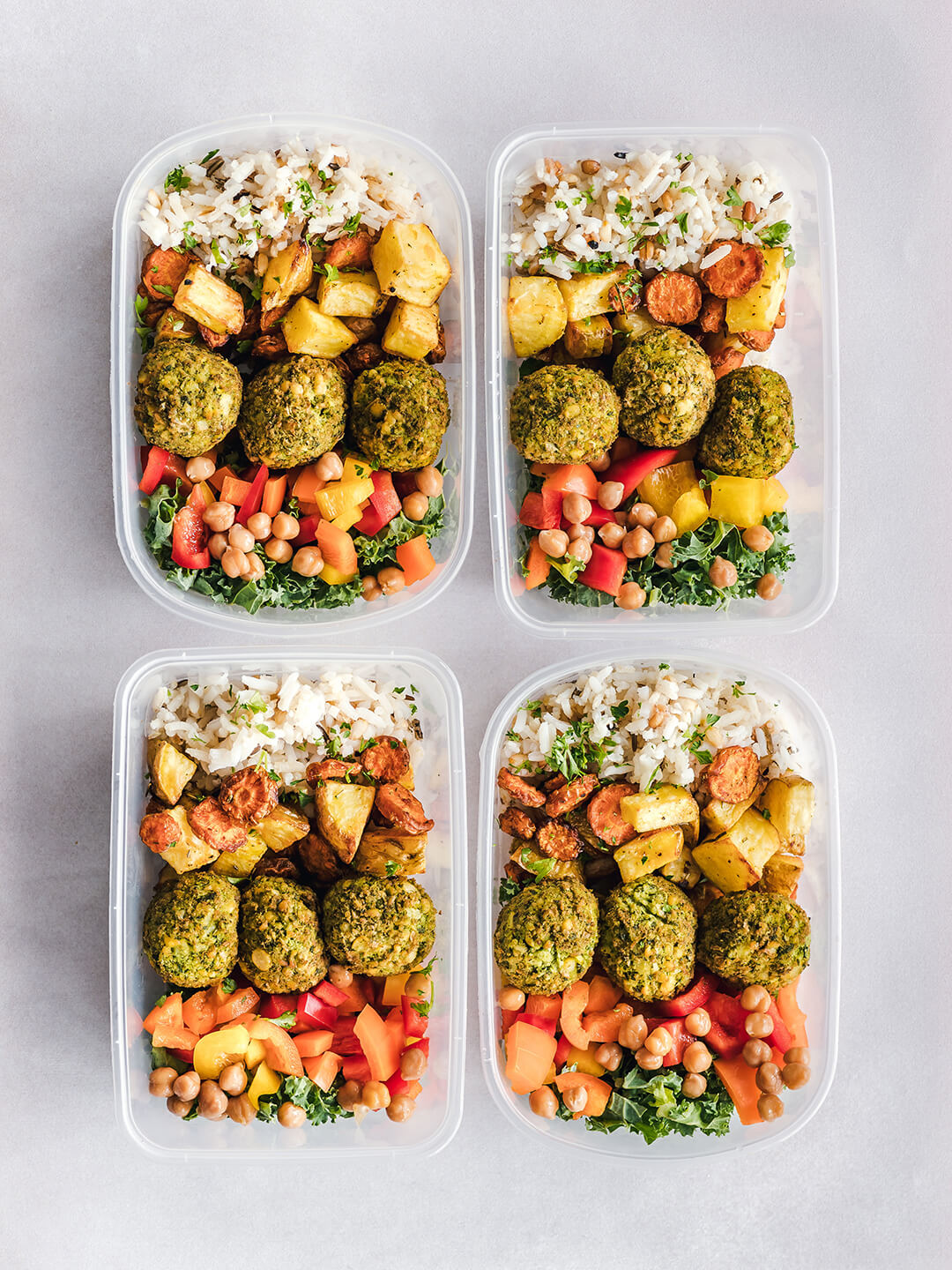
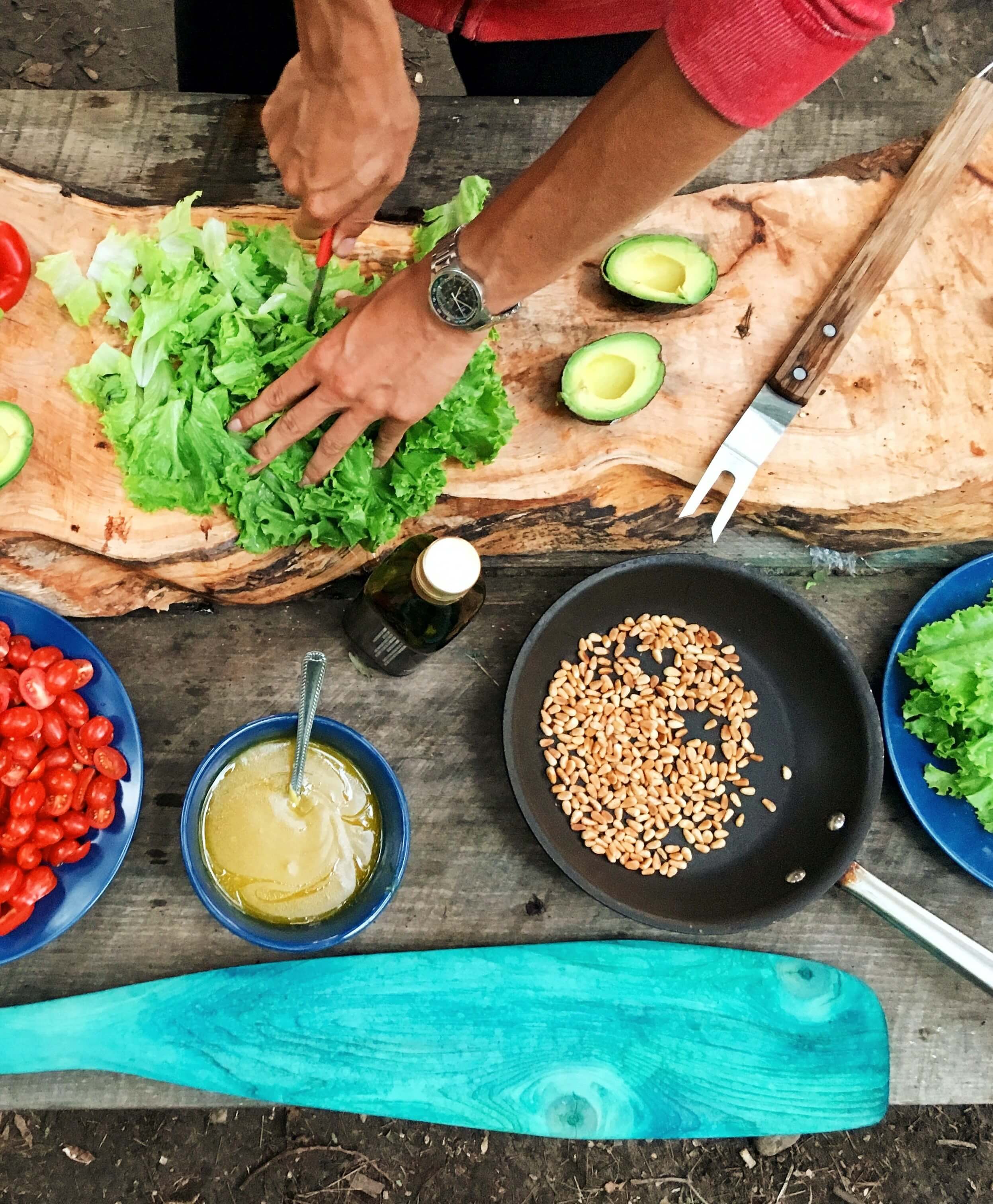
Batch Cooking
Regarding Batch Cooking, the only aspect in which this practice differs from the previous one is that this time, we only leave the food separated and pre-prepared, raw or cooked, ready to combine in different ways, according to our appetite and not the dish already complete.
This method makes your meal more "fresh" than in "Meal Prep", since, afterward, you have to finish the dish, adding some pre-prepared food.
If you think that eating the same dish many days in a row, is boring, this practice also gives you more freedom to make different combinations throughout the week and thus feel more motivated.
We give you some basic food ideas to pre-prepare:
- Cereals (rice, quinoa, etc.) and legumes (lentils, chickpeas, beans);
- Vegetables cooked or baked in the oven;
- Raw vegetables and herbs (lettuce, tomatoes, onions, carrots, parsley, etc.);
- Boiled eggs;
- Boiled or roasted chicken, shredded;
- Dry fruits;
- Sauces such as pesto, vinaigrette, tahini sauce, tomato sauce.
Common tips and secrets to the 2 practices:
1. Plan ahead
Planning the menu for the following week, with some advance, is the main step to everything else going smoothly. Look at your pantry/fridge and make a list of all food you have. This makes it easier, not only to visualize what you can use of what you already have, avoiding waste, but also what you need to buy (if necessary). Having a well-defined shopping list means saving time and money in the supermarket!

2. Set a day to shop and cook
Look at your schedule and set an ideal day to do your Batch Cooking / Meal Prep session, taking into account that it takes, on average, 2-3 hours for the entire process. It is normal that your first session takes longer, but don't demoralize yourself! Keep in mind that, with habit and repetition, you will be able to optimize and streamline the session.
We suggest you do shopping on the same day that you cook to take advantage of fresh ingredients and make the most of the time spent shopping, cooking and organizing, saving time during the week to relax and unwind.

3. Make space and stay organized
Set up a workspace, as wide as you can, on your kitchen counter, and keep it organized during your session.
It is also important that you make space in your fridge and freezer, to be able to store food/meals later. Before you start cooking, gather all the ingredients you will need and start by washing, weighing, and cutting them (if necessary).

4. Store correctly
Once the food/meals are ready, it is important to define what you want to freeze and what you want to keep in the fridge. We suggest that, on one hand, what you consume in the first 2-3 days of the week keep in the fridge. On the other hand, what you consume the rest of the week, keep in the freezer, will help to keep the food in the best condition.
Note that not all foods must be frozen (eg mayonnaise, yogurt, raw potatoes, lettuce, etc.)!
Before placing the containers in the fridge/freezer, make sure, not only that their contents are cold to prevent condensation, but also that they have a label with the preparation date and the name of the food/meal. (see the article “Meet the FIFO and FEFO practices and avoid waste in your kitchen!”)

5. Tenha em atenção o tipo de recipiente
Storage containers are also an important point to take into account!
Especially for complete meals, choose airtight glass containers so that the identification of the content is immediate and you can heat up, guaranteeing the authentic flavor of the food. This type of container is ideal to take to your work as a lunch box!
For pre-prepared food, you can choose plastic containers, also transparent, or airtight bags.
Don't you have the ideal containers to start your journey with “Meal Prep” or “Batch Cooking”? In & Out Cooking helps you!
We have for you perfect products, for example Glass Storage Container Cook&Freeze by RigTig, Set of 4 Glass Storage Containers by JosephJoseph, Set of 4 Plastic Storage Container by JosephJoseph, Reusable Silicone Bag by Lékué, among others.
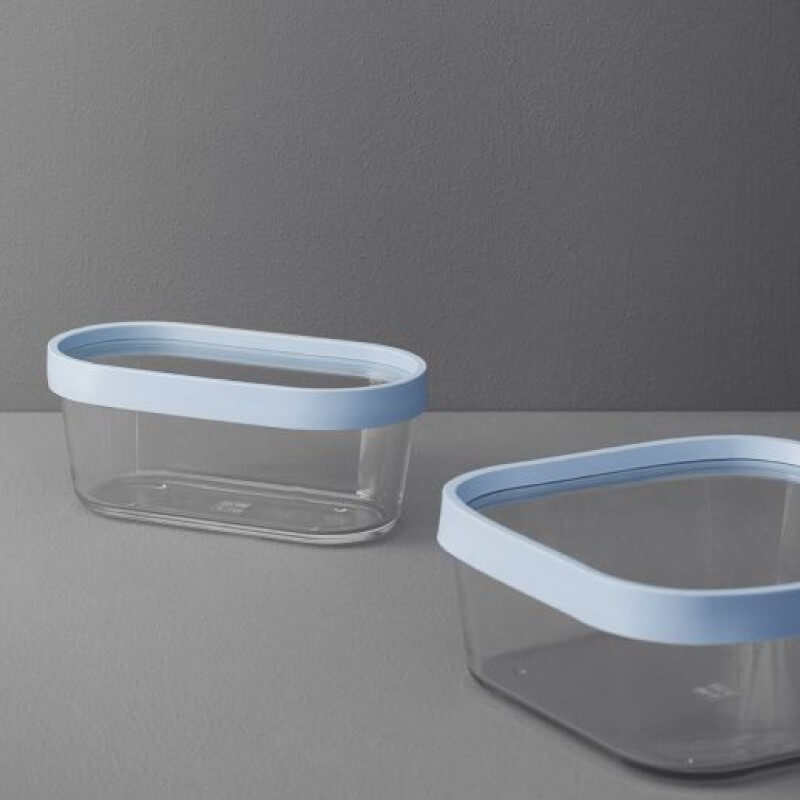
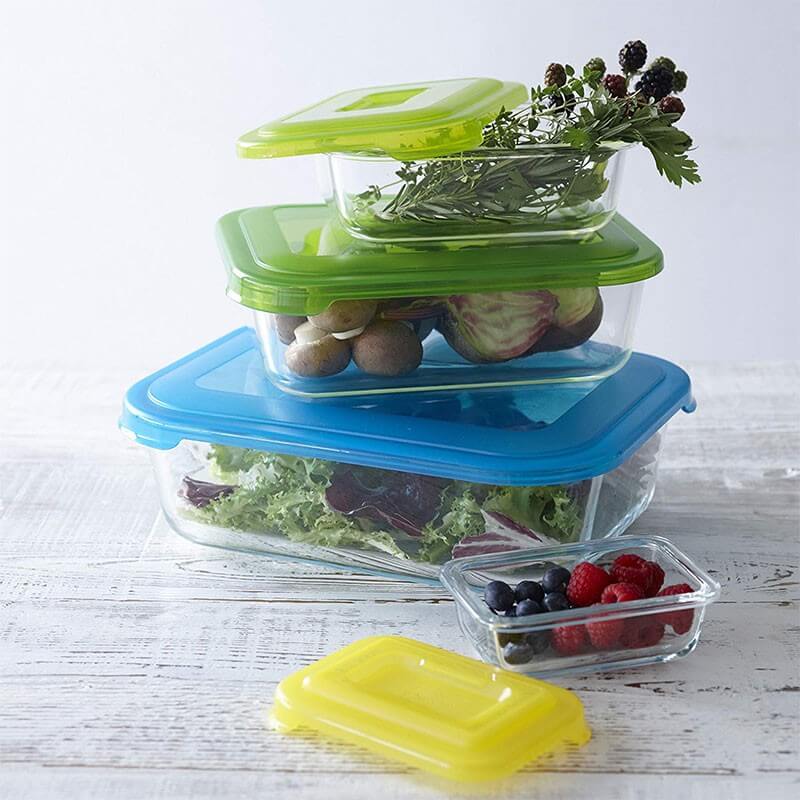
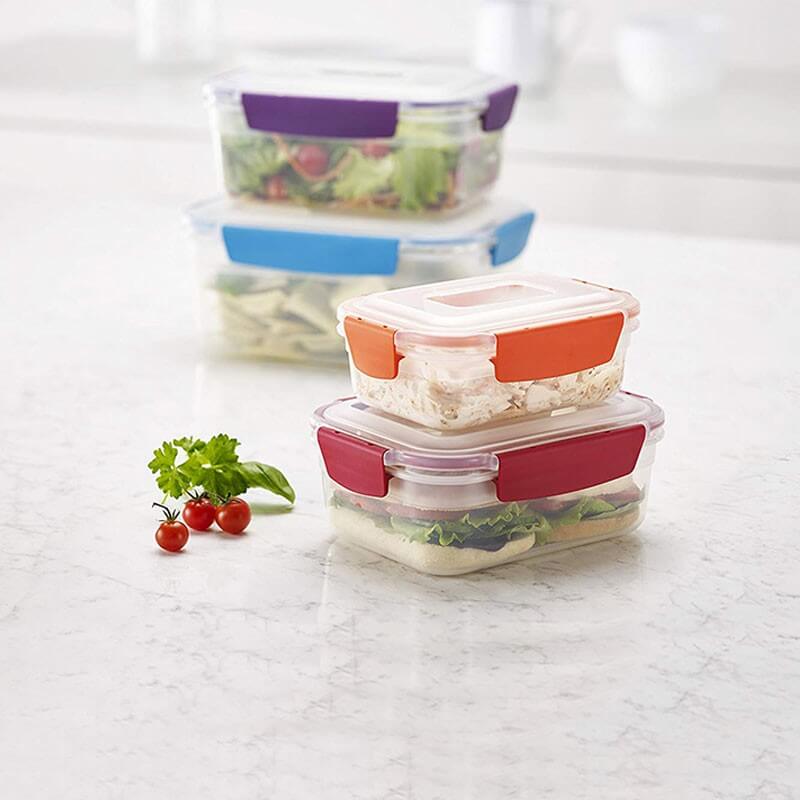
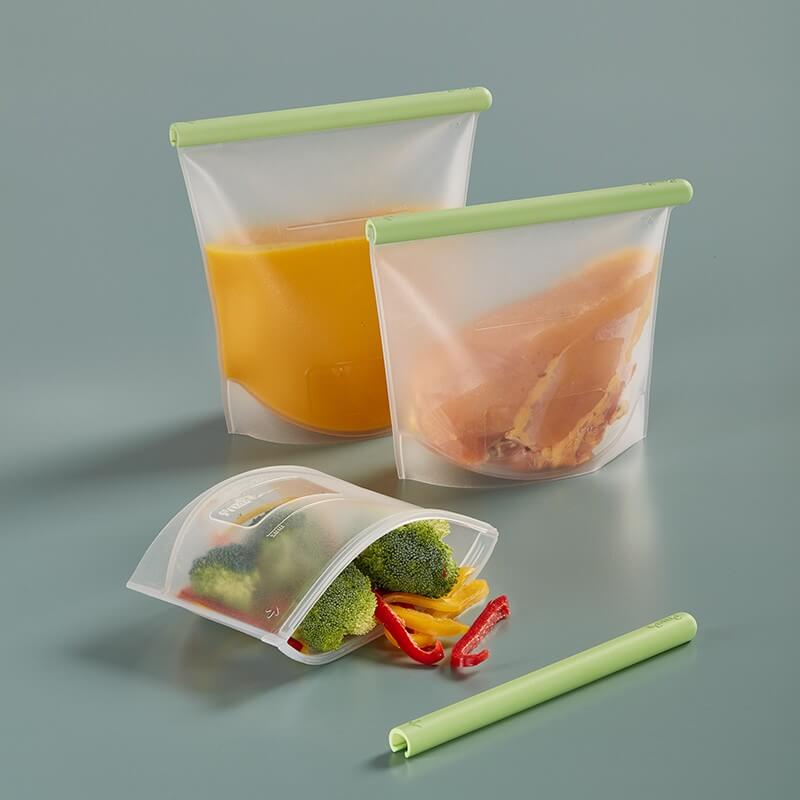
6. Do not open the containers before they are consumed
Last but not least, avoid opening the containers before consuming their contents, to improve conservation and avoid loss of nutrients.
Benefits of “Meal Prep” and “Batch Cooking”:
- More time throughout the week for other activities;
- Convenience;
- Avoid food waste;
- Money-saving;
- Helps to focus on healthier choices.
Organize your time and money better and get more availability for things that make you truly happy! Take a look at the Real Bach Cooking Instagram page and get inspired to start this new journey!
Feeling better is so simple!
